The International Stingless Bee Centre
Having seen elephants, crocodiles, warthogs and monkeys, there remained just one creature on our “Unforgettable Animals of Africa” bucket list: stingless bees, of course! How long have we dreamed of getting up close and personal with these cuddly little creatures! Alright, the truth is that, until our trip to Cape Coast, we didn’t even know that bees came in stingless varieties. Our visit to the International Stingless Bee Centre would prove to be educational and weirdly entertaining.
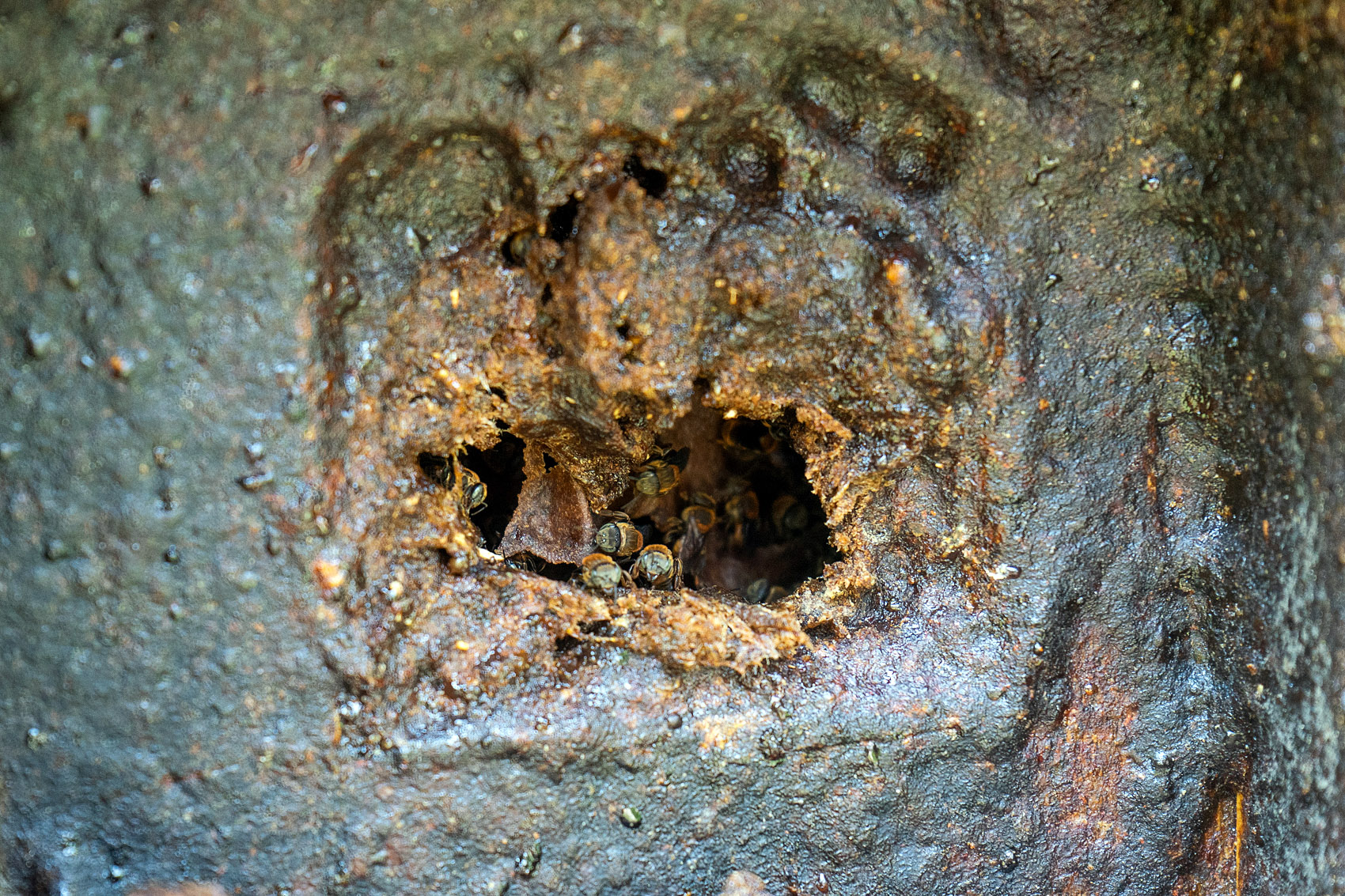
We’d seen a bunch of amazing things while in Ghana, including some which were truly unexpected and strange. But nothing we could refer to as “kooky”. Almost every place we’ve ever visited has had some kooky, off-the-wall attraction: the Parasitical Museum in Tokyo, a beagle-shaped hotel in Idaho, and the Icelandic Phallological Museum, just to name a few. But so far in Ghana, we hadn’t encountered anything completely unpredictable in Ghana — until the International Stingless Bee Centre.
The center is found near the popular Kakum National Park, but receives almost none of its tourism. That’s a shame, because our visit was fascinating. It turns out, we’ve been woefully uneducated in the world of bees. Almost every fact our guide provided during our 45-minute tour of the premises was surprising. There are over 500 species of stingless bees… they’re widespread throughout the tropics, including Australia and South America… they can be eaten for protein or farmed for their honey… they come in a variety of shapes and sizes, down to a few millimeters in length… and even though they’re stingless they’re not defenseless.
In fact, we learned that one of the smallest bees is the most aggressive. Let’s say you’re some honey-seeking creature, like a bear. You might be thinking to yourself, “What could be easier than taking honey from a bunch of tiny bees with no stingers?” And before you know it, they’re swarming you, crawling into your nostrils, ears and eyes. I think I’d rather be stung to death!

Our tour started with a brief introduction, and then we went outside to see some of the houses in which they’re kept. The Centre is home to five species of bee, and each is different from the other in terms of their size, behavior and nest protection. But even though some look more like ants, they are all bees; they have a queen, they build a hive, and they produce both honey and propolis. It’s the latter skill that most interests humans, of course, and stingless bees are farmed in great number around Africa and Australia. There’s just not the same risk. Our guide opened up one of the houses, and showed how valuable propolis is scraped from the interior; the bees generate the sticky substance to seal their hive and keep out light. As soon as he had scraped some away, there was a little swarm working on patching up the hole.
We couldn’t resist buying a couple bottles of propolis, the curative benefits of which are well known. This was an excellent little tour, and makes the perfect companion adventure to the nearby Kakum National Park. It was a shame to see the guest book, and realize how few people visit… if you have some time, please don’t pass this place up!



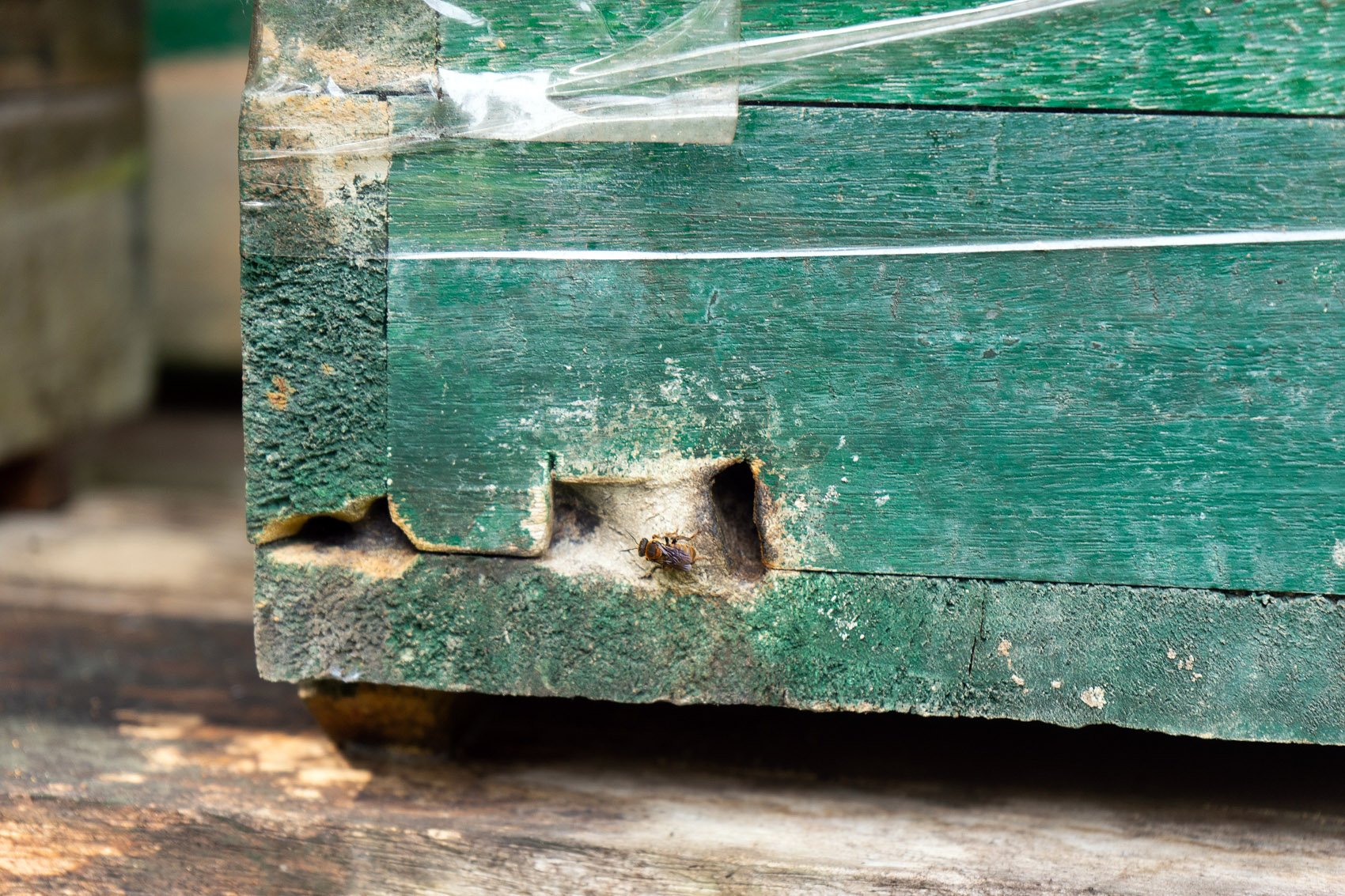

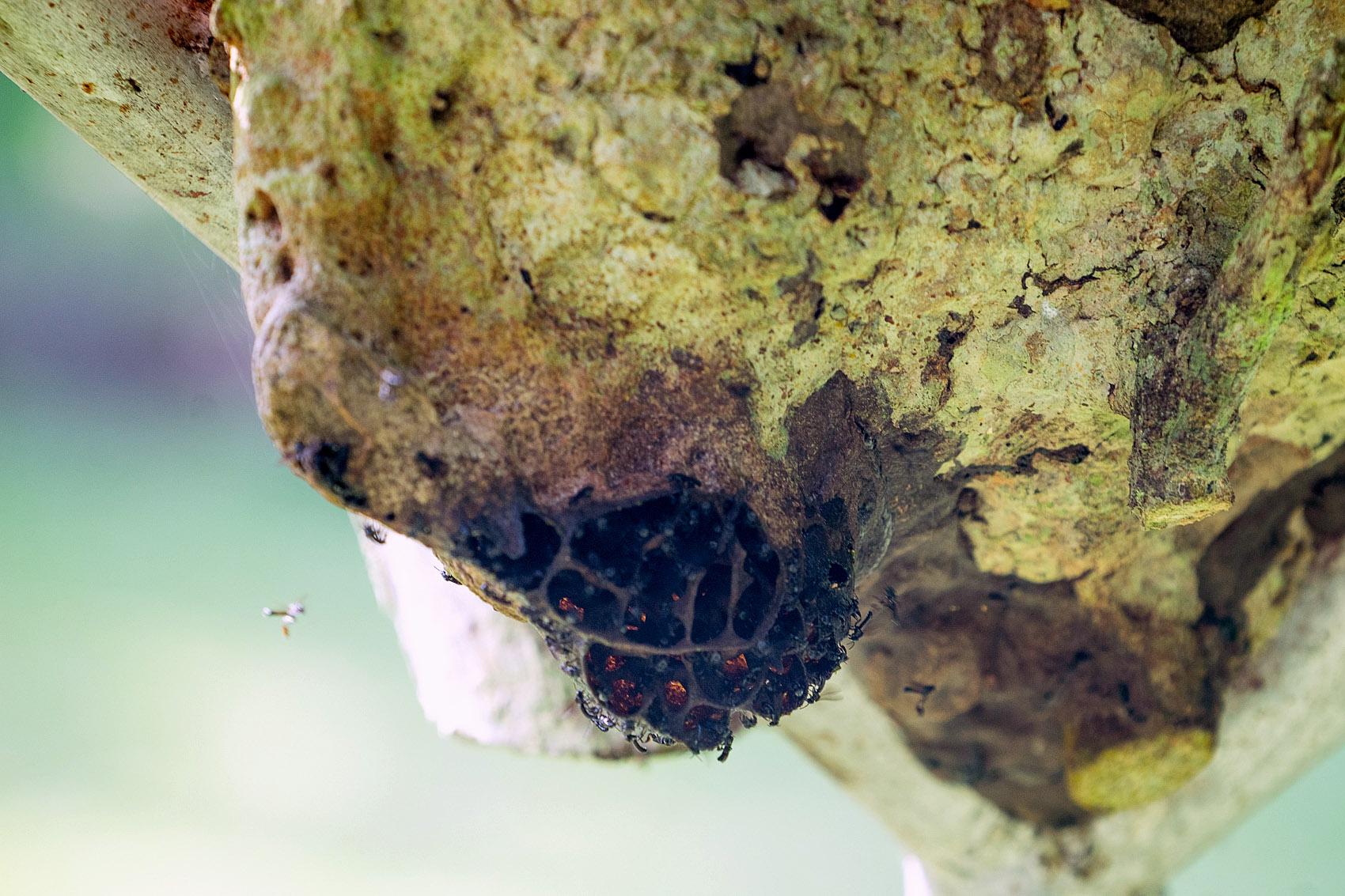

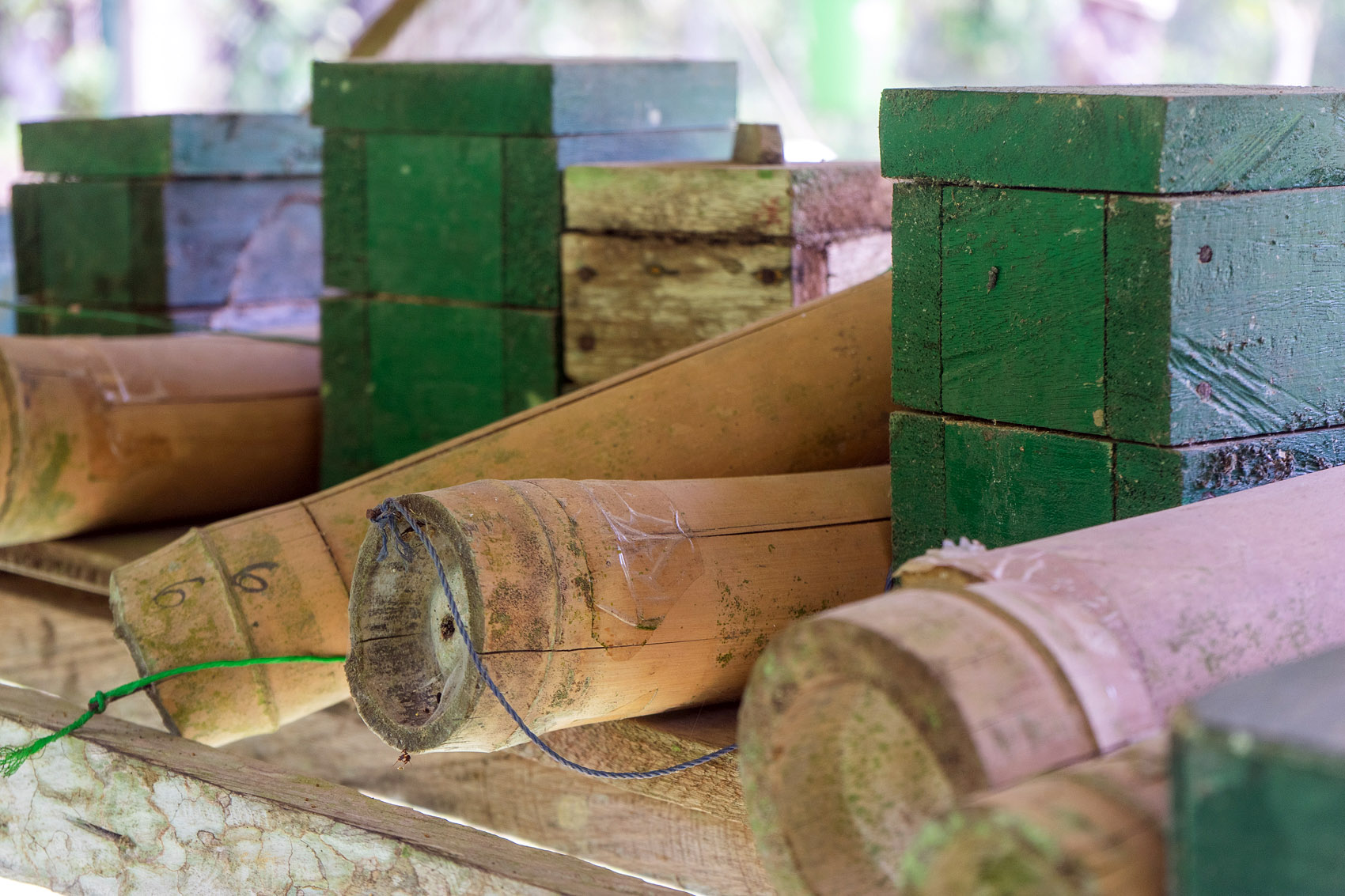
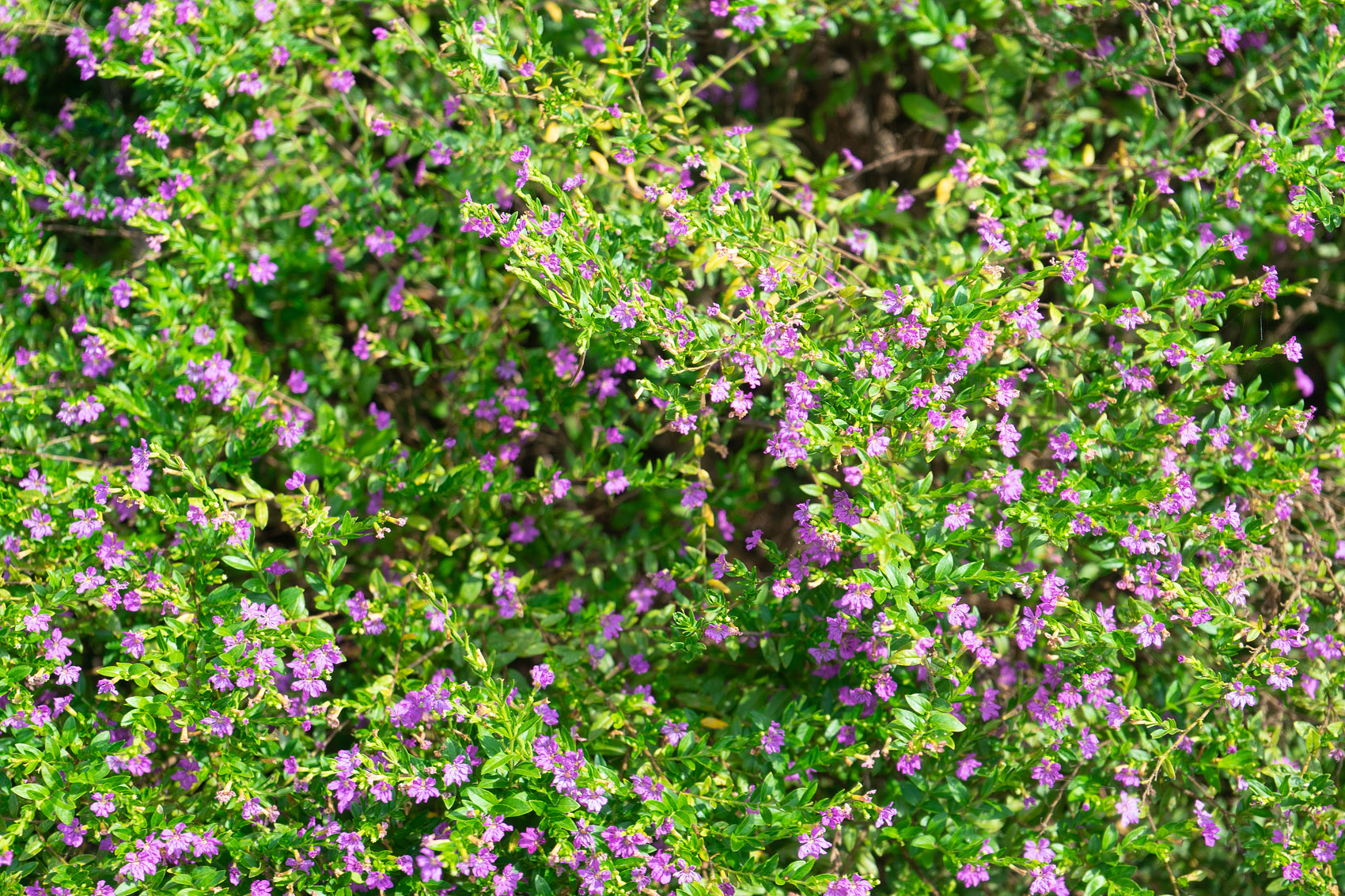
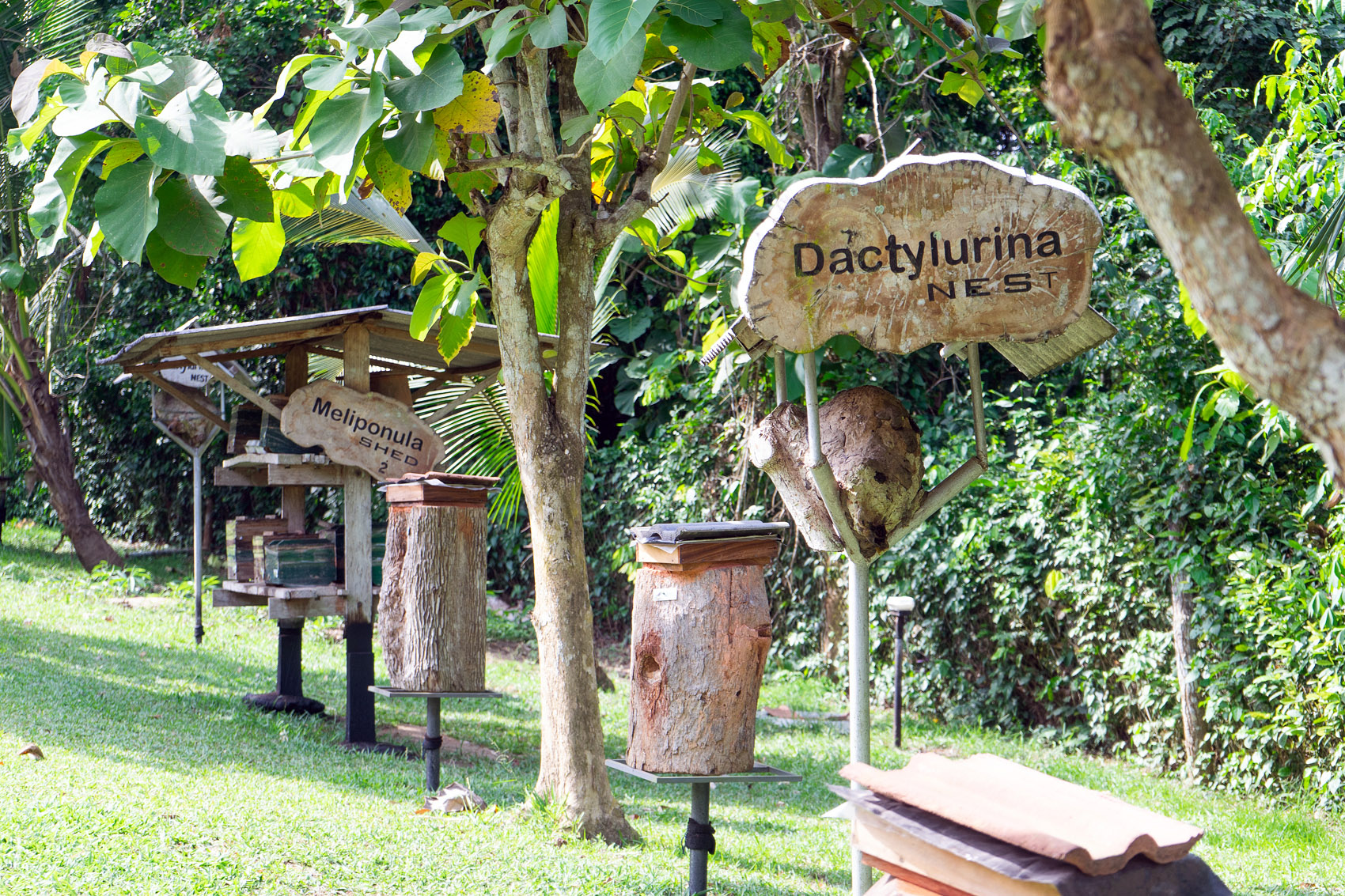

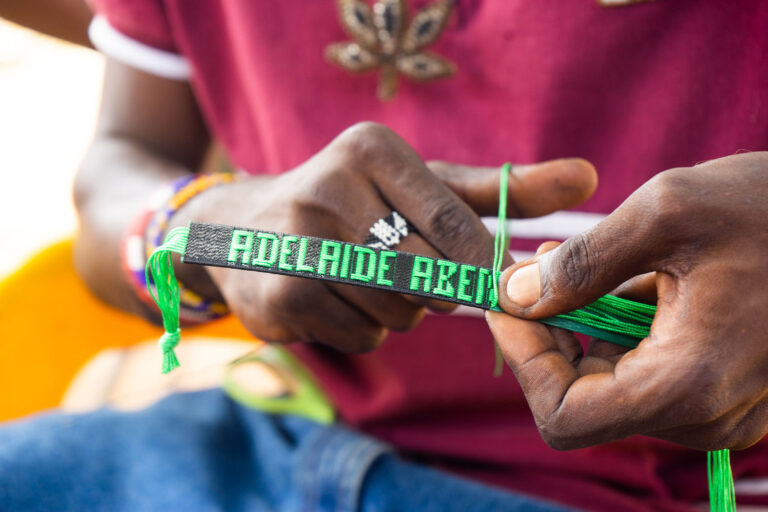
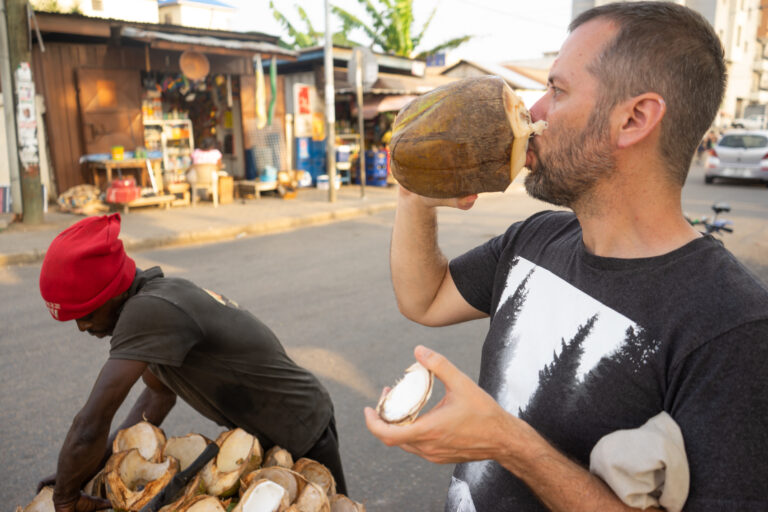

I am Hilda Segobaetso. I would like to inquire about stingless bees training for officers. The Ministry of Agriculture in Botswana is interested in training 3 Officers on sting -less bees Management at least one month training. Therefore would like a quotation. I will be glad to be advised about institution training program on sting less bees/ or different courses offered under sting less bees management
Thank you